Recently, I was invited to be a guest blogger on Murderous Musings , one of the blog homes of Carola Dunn, a mystery series authors whose lady detective character (the charming Daisy Dalrymple, shown in her emerald green cloche below) is featured in A Head For Trouble:
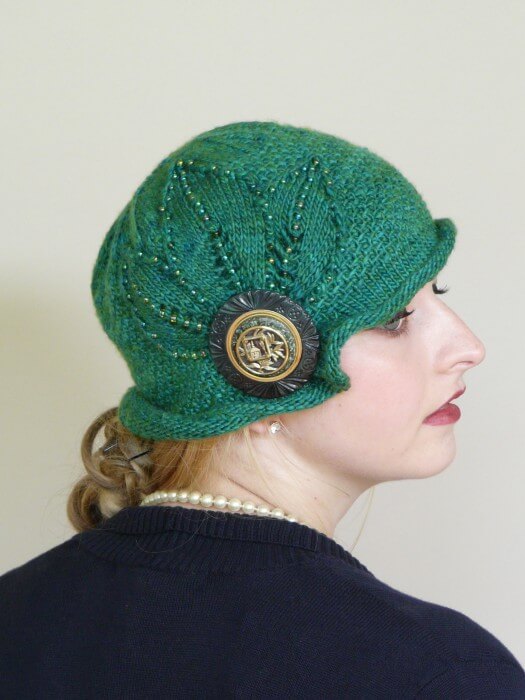
As a generally peaceful knitter who whiles away many hours on my craft of choice, I don’t dwell on the possibility that knitting could be in the least unsavory. As the tongue-in-cheek saying goes, “I knit so I don’t kill people,” but I knit so that I don’t even consider killing people. However, Murderous Musings afforded me an unusual chance to think outside the project bag, and here is my guest post:
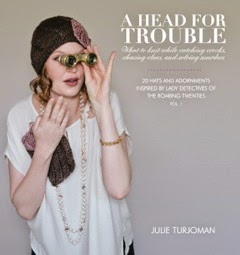
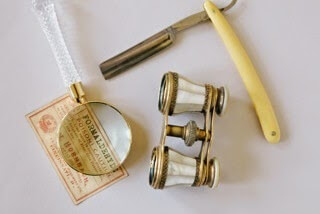
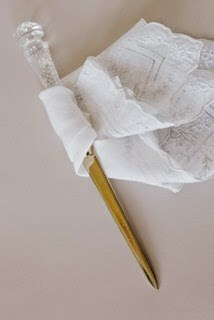

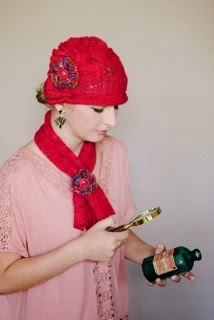
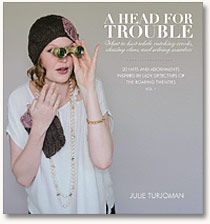
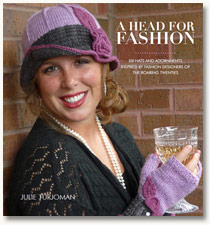

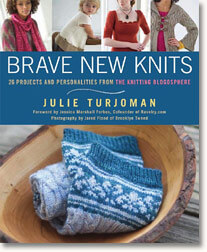
Comments welcome